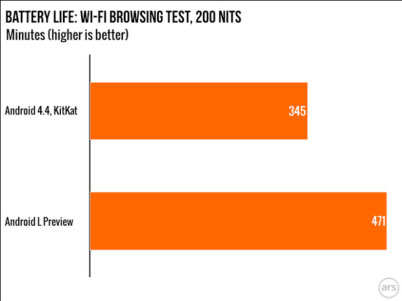Building a successful app requires the precise execution of a plethora of processes by various moving parts. It starts with an idea, but it doesn’t end with the design. A great app means very little of not properly marketed in the app store. While we’ve briefly explored App Store Optimization in a previous article, in an effort to emphasize the importance, the Mystic Media Blog will be launching a five part in-depth series focusing on how to excel in all the facets of App Store Optimization to help your app rise to prominence in the app store. This introductory article will explain exactly what App Store Optimization is, and why it’s important.
You’re hungry late at night. You’re not near your computer and you’re not familiar with any take-out places in the area, let alone what’s open late. You go to your smartphone, go the app store, and type in “food”. What comes up? UrbanSpoon, Grubhub, Yelp, Seamless etc. Why? These dominant apps are best optimized for the app store. The difference between becoming a major force in the app store and falling flat can be decided by App Store Optimization, or ASO, one of the most vital application marketing techniques.
ASO is defined as the process of improving the visibility of mobile apps by optimizing them to rank higher in an app store’s search results. The best optimized applications rise to the top of search results related to their function. A study over at KISSmetrics showed that new apps are more frequently discovered through general app store browsing than through any other method. ASO is without a doubt the largest discovery channel available to your application. Effective ASO can cause turn a well-designed app into a hit.
ASO ultimately consists of two primary factors and two secondary factors. Factors of primary importance are Title and Keywords, while secondary factors include # of downloads and Ratings & Reviews. Screenshots of the app are also vital to the app’s presentation in the app store, although they have little to no impact in search engine optimization.
The Apple App Store differs from the Google Play App Store in a number of ways, but the SEO metrics are relatively similar. We will delve into the differences individually later in the series. Be on the lookout next week for our installment focused exclusively on Title and Keyword optimization. Stay tuned!
Mystic Media is, among many other things, a premier Search Engine Optimization firm. Our Marketing Strategists recognize the importance of ASO and can work with the tech side to ensure all websites and applications designed will succeed in the marketplace. Contact us today by clicking here or by phone at 801.994.6815

